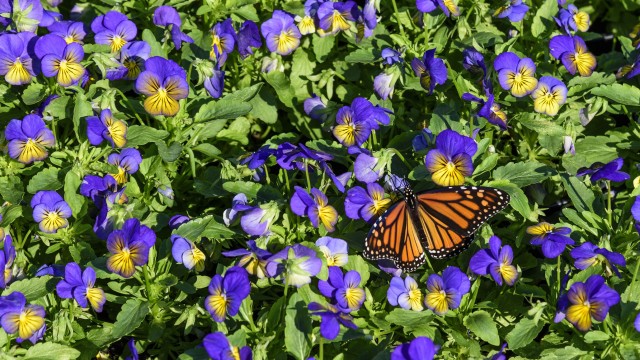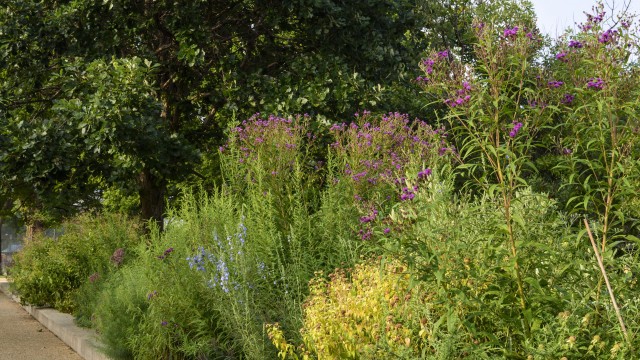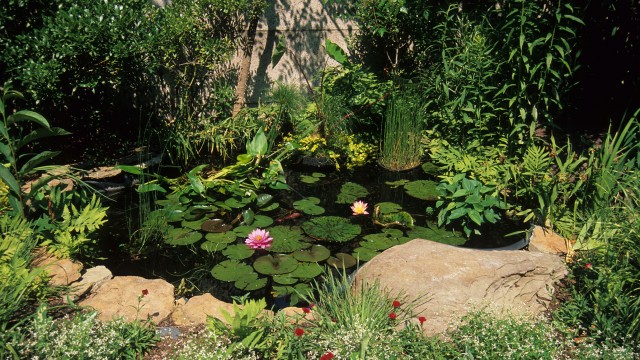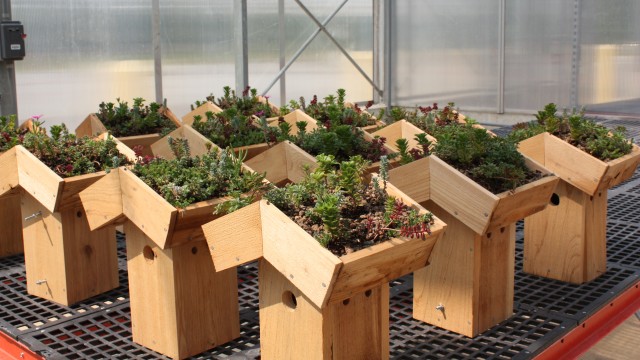“Cultivating Habitat” was created with a variety of educational resources from Smithsonian Gardens’ team of horticulturalists; it pertains to sustainable wildlife habitats. The main focus of these lessons is for students to find connections between the natural world, biodiversity, and art. The field of horticulture provides an interesting opportunity to combine art and science in the garden. Students are asked to utilize their knowledge of art, design, and science to positively impact the biodiversity of a local green space.
The lessons begin with a scientific experiment on biodiversity using a plot sampling technique. This experiment may act as a base from which to launch into designing a pollinator garden in an effort to create a biodiverse and sustainable wildlife habitat garden. A window garden is also appropriate. If a physical green space is not available for the creation of a garden, the garden-design process will still engage students’ knowledge of these issues. The final lesson also includes instructions for a hands-on construction of a bluebird nest-box with a green roof.
Recommended Grades: 9-12
Subjects:
- Biology – animal science, biodiversity, botany
- Environmental science
- Art – industrial arts, horticulture
In these lessons, students will:
- Observe
- Monitor
- Build
- Collaborate
- Think critically
Next Generation Science Standards
-
LS1.B Growth and Development of organisms
-
LS1.A Structure and Function
-
LS2.A Independent Relationships to Ecosystems
-
LS2.B Cycles of Matter and Energy Transfer in Ecosystems
-
ESS3.C Human Impacts on Life
-
ESS2.C Roles of Water in Earth’s Surface Process
-
ESS3.A Natural Resources
National Core Art Standards
- HS Proficient VA:Cr2.3.la Collaboratively Develop a Proposal
<21st Century Skills
- Creativity & Innovation
- Communication & Collaboration
- Collaborate with Others
- Critical Thinking & Problem Solving
- Environmental Literacy
Common Core
- CCSS.ELA-LITERACY.RST.6-8.3
- CCSS.ELA-LITERACY.RST.6-8.7





